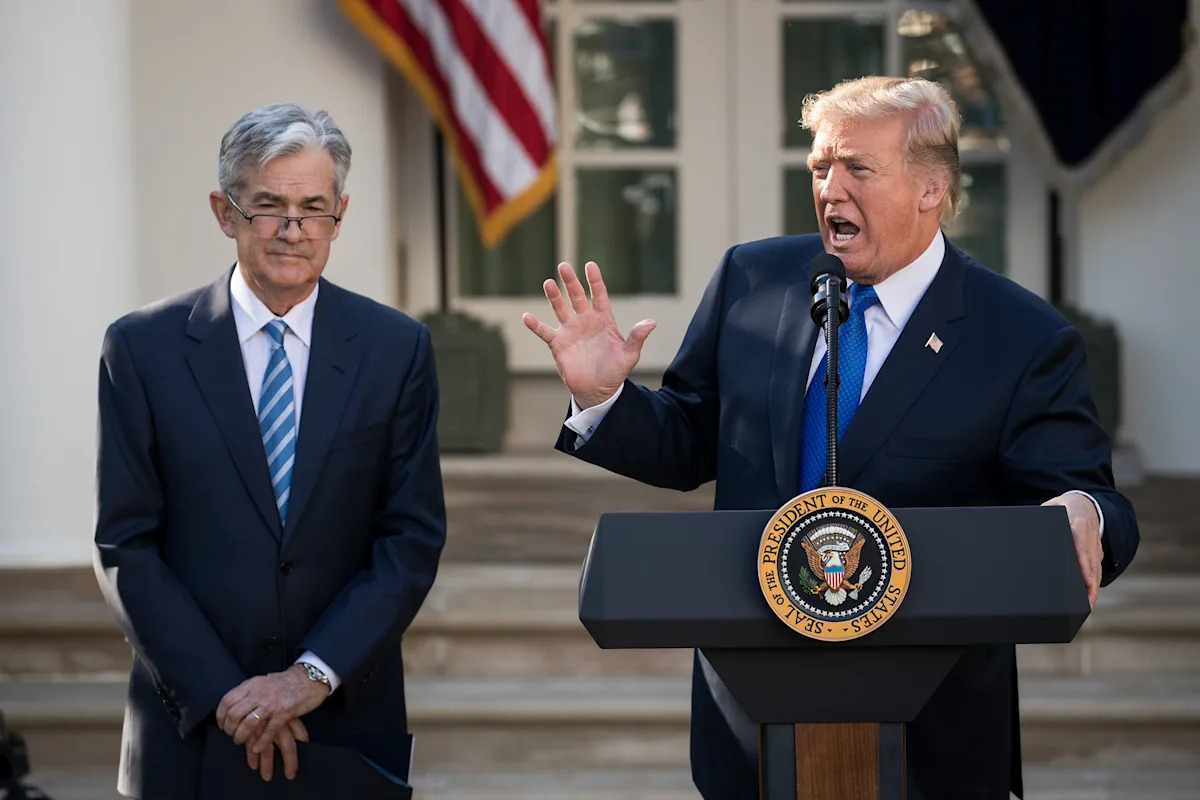Trump Pressures Powell: Rate Cut Showdown Looms After Strong Jobs Data

The latest jobs report has emerged as a powerful testament to the economy's resilience, potentially solidifying Federal Reserve Chair Jerome Powell's measured approach to monetary policy. Despite persistent pressure from President Trump to slash interest rates, the robust employment data suggests a cautious strategy may be the most prudent path forward.
The surprisingly strong job market performance underscores the complexity of economic decision-making, with Powell carefully balancing multiple signals from the financial landscape. While the President continues to advocate for rate cuts, the Fed remains committed to a deliberate and data-driven approach that prioritizes long-term economic stability over short-term political demands.
This latest employment report not only highlights the economy's underlying strength but also provides the Federal Reserve with additional context for its monetary policy deliberations. Powell's patient stance appears increasingly justified, as the job market demonstrates continued vitality and potential for sustained growth.
